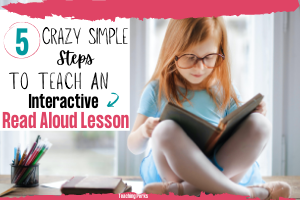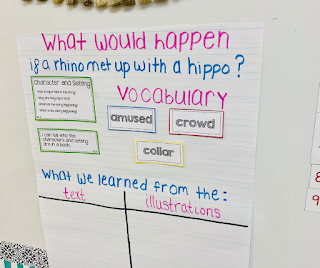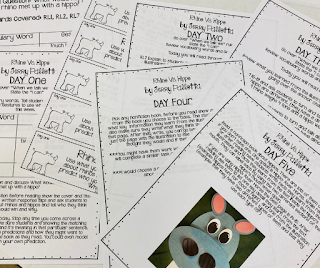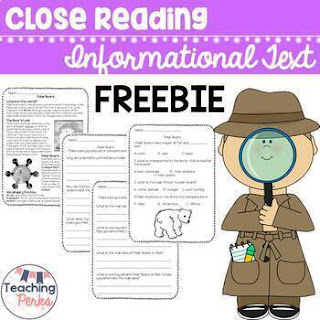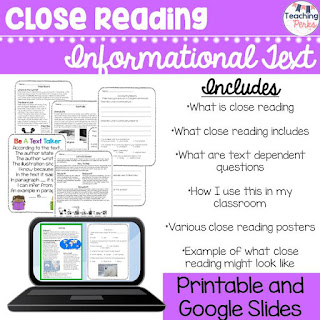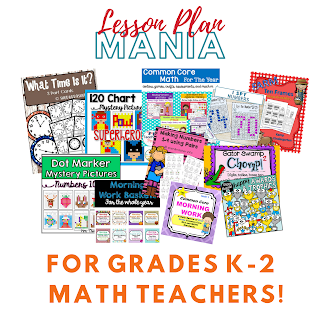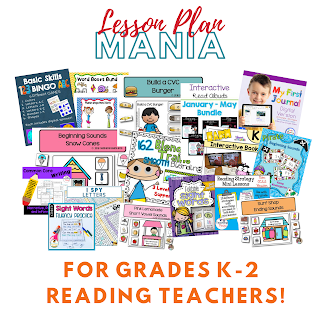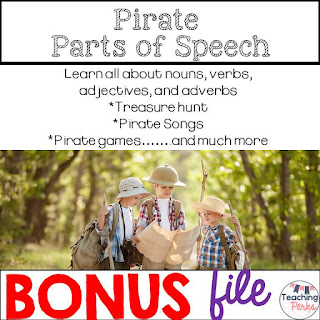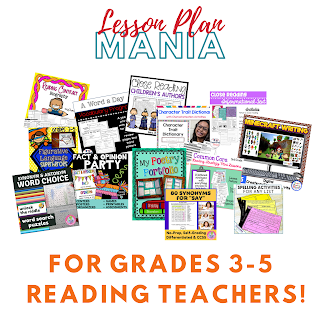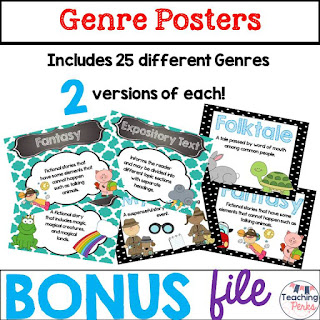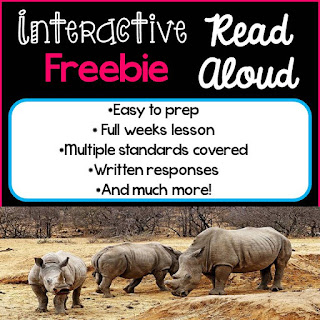Thursday, January 21, 2021
5 Steps to Teach an Interactive Read Aloud Lesson (that are easy to implement)!
Tuesday, December 15, 2020
Insanely Easy Phonics Practice You'll Wish You Had Sooner
It's All About Phonics Practice Right?
Reading Small Group Time
Phonics Practice Pages
How I Use The Practice Pages & Why You Should Too
Another Reason to Use These No Prep Pages For Phonics Practice
Need an Online Option?
Challenge Your Students With Close Reading
Saturday, November 21, 2020
Do You Want Students That Get Excited About Reading Comprehension?
Friday, November 6, 2020
The Cure For Your Lesson Planning Blues
What if there was just one thing standing between you and a fun school year filled with students happy about learning?
I know it seems hard to believe but hear me out…
Interesting lessons that are fun for you and students don’t just happen from a teacher’s manual on most occasions.
(Wouldn’t that be nice!)
You have to decide what you’re teaching, choose what needs differentiated, gather all the supplies, run the copies or send the emails, and then prepare everything. Not to mention lining it up with all your standards.
And the domino that starts it all is knowing what you’re going to teach.
In other words, the path to instruction begins with a plan.
Today, you can get your hands on ready-made lesson plans for just the way you teach—complete with handouts and directions—for a ridiculously low price. Click on any of the pictures throughout this post to preview all of the products you can get!
It’s called the CF Collective Lesson Plan Mania Bundle - and it’s available only for a short time! - and here’s how it works:
It’s a complete planning solution made up of hundreds of pages of lesson plans and resources specific to either reading or math.
Each bundle contains games, puzzles, mini-books, assessments, and ready-made lessons plans (and even slideshows!).
No matter how you plan, there are multiple resources that are perfect for you and there are two buying options:
Option 1: Choose ONE bundle that is targeted close to your grade level and subject: Grades K-2 or Grades 3-5 in either reading or math. I'm also offering a BONUS FILE with each bundle that you purchase.
This option is for K-2 Math teachers:
If you purchase the K-2 Math bundle you will get this greater than less than differentiated file that focuses on tens and ones, hundreds, tens and ones, or thousands, hundreds, tens and ones to make differentiating a breeze!This bundle is for K-2 Reading teachers:
This bundle is for 3-5 Math Teachers:
This bundle is for the 3-5 Reading Teachers:
Option 2: For an AMAZING deal, get the ENTIRE package of ALL FOUR Bundles with over 4,000 pages of made-for-you lesson plans, so you’ve got total control no matter how your grade level and curriculum needs change from year to year for grades K-5.
If you purchase this bundle you will get my mastering math facts packet as a bonus!
Bonus products are not shown on the product page but will automatically be sent to you when you purchase.
You really can have school fun and learning at the same time in your classroom, starting today.
Make those lessons fun by picking up your copies of the CF Collective Lesson Plan Mania Bundles right HERE
P.S. This is a limited time offering, and it’s only on sale for a short time, just until Sunday, November 22nd (before it disappears forever). Get it here before you forget!
Friday, October 30, 2020
Interactive Read Alouds.....What They Are, How To Use Them & Why They Are So Important!
Friday, October 23, 2020
Addition and Subtraction Escape Room STEM Challenge FREEBIE
First we read the problem which really got them excited!

